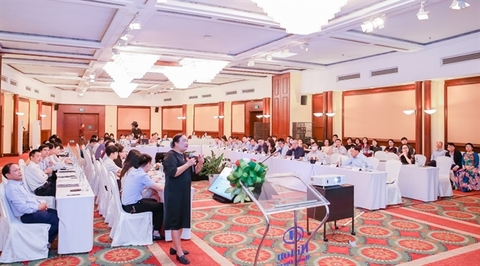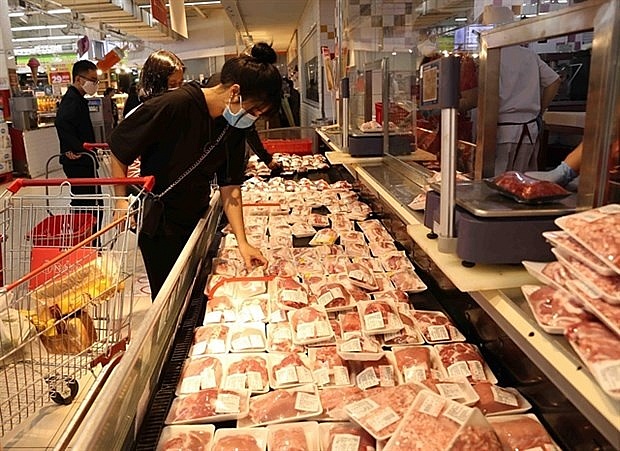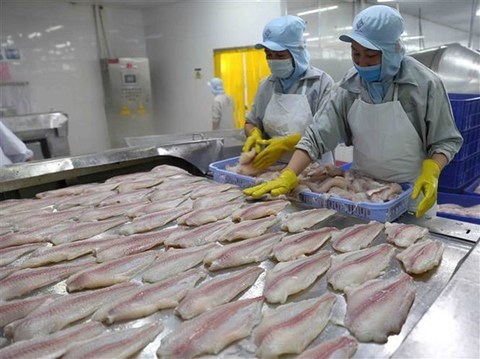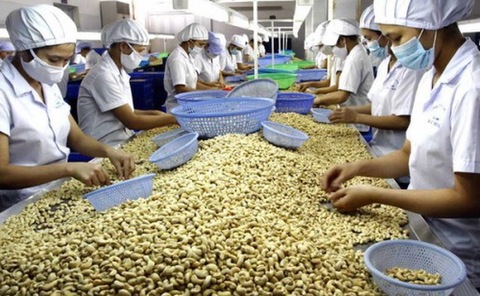Mixed excise regime for tobacco recommended at conference
Mixed excise regime for tobacco recommended at conference
A mixed excise regime with a suitable roadmap is a reasonable way to increase the special consumption tax on tobacco, a conference titled “Special consumption tax – Harmonising the State budget and business development” heard in Ha Noi.

The conference, jointly organised recently by the Vietnam Tax Consultants Association (VTCA) and Vietnam Chamber of Commerce and Industry (VCCI), sought to gather opinions from experts and entrepreneurs for fulfilling targets in the Government’s Decision 508/QD-TTg issued in April, 2022 on tax reforms from now through 2030.
The conference heard there are three kinds of tax regimes for tobacco globally: the ad valorem tax structure by a percentage on the taxable price (factory or retail price) of products; the specific tax structure (i.e. a fixed tax amount per unit of goods); and the mixed tax structure (i.e. a combination of the ad valorem tax by percentage and the specific tax).
The specific tax is the most popular of the three with 66 countries adopting it, followed by the mixed tax (61 countries) and ad valorem tax (47). Noticeably, compared with nearly 15 years ago (2008), the number of countries applying mixed tax structure has been increasing.
“Ad valorem excise has many limitations,” Le Thi Thuy Van, deputy director of the Ministry of Finance’s Institute for Financial Strategy and Policy, said, pointing out that this approach had not kept pace with inflation and encouraged the proliferation of low-cost cigarettes on the market.
The specific and, especially, the mixed tax structures are now used in many countries thanks to numerous benefits, she said.
For Viet Nam, which uses ad valorem, she recommended the mixed tax structure.
“The tax increase under the mixed tax structure needs a road map to ensure that over the years it corresponds to inflation.”
Dinh Thi Quynh Van, general director of PwC Vietnam, said the ad valorem tax did not promote investment in production or help improve product quality due to the higher costs of production.
This leads to higher selling prices, and enterprises have to bear a greater tax burden due to the multiplier effects of the ad valorem structure, she said, suggesting, “It is necessary to reform the tax structure in the direction of encouraging quality improvement to reduce the adverse effects on health by switching to a mixed tax system and using the specific tax to regulate the consumption market in a proper way.”
Speaking about the time frame, experts agreed that a proper road map was needed to ensure government revenues would not be affected, producers would get enough time to stabilise their operations and tobacco smuggling would be prevented.
Nguyen Thi Cuc, chairwoman of the VTCA, told the conference that the tax increase on tobacco products should follow a proper road map so that enterprises could adjust their operations and production would not suffer.
A suitable road map would also help with smooth collection of government revenues and avoiding revenue losses and limiting smuggling of cigarettes but would at the same time contribute to the protection of public health, she said.
“We believe that the revised plan should follow the road map, with the mixed tax method being applied in the first two years.
“That means in addition to the 75 per cent tax rate, the specific tax rate can be applied at VND1,000 per pack. Then it will be increased gradually from VND1,000 to VND1,500 per pack in the next two years. From the fifth year, it can be increased to VND2,000.”
Young Jae Song, general director of the BAT - Vinataba Joint Venture Company, concurred with the adoption of the mixed tax method.
But the Government should not increase the excise tax in the next one or two years, he said.
“It needs to set out a reasonable road map with an appropriate increase to avoid shock increases that destabilise the market and business environment and spur smuggling of cigarettes and cause social security issues.”
Participants agreed that a tax increase on tobacco was needed, but in the process of drafting the amendments to the law it was necessary to carefully and thoroughly study the road map and increases so that the tax policy would ensure harmony in the following issues: regulating budget revenues, protecting public health, reducing smuggling of cigarettes, and stabilising production and business.




























